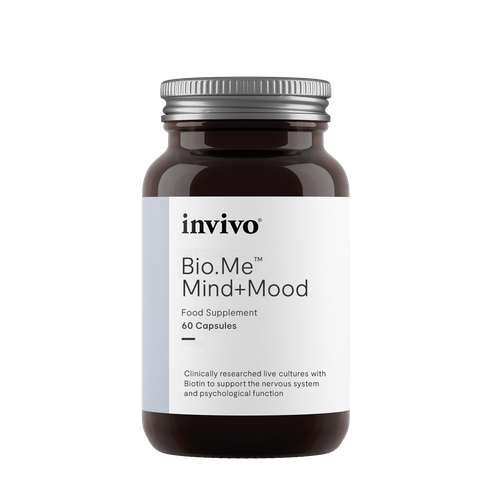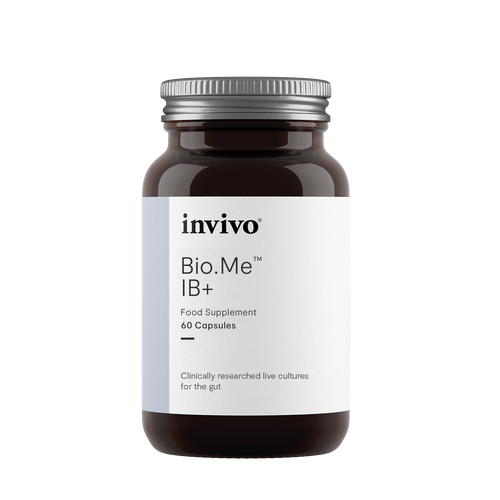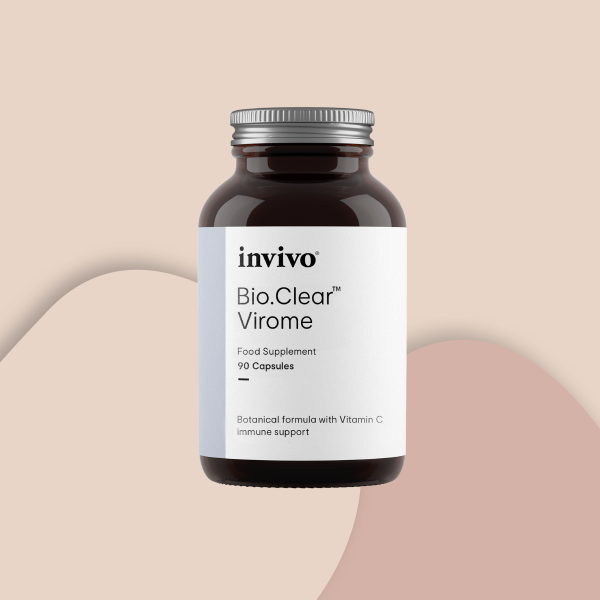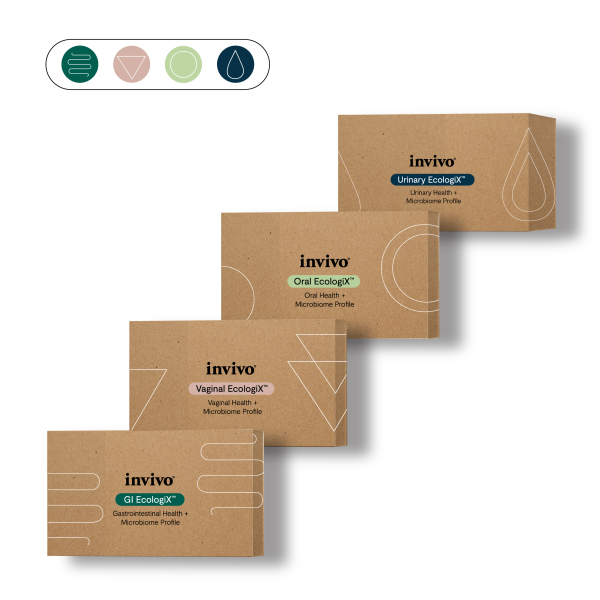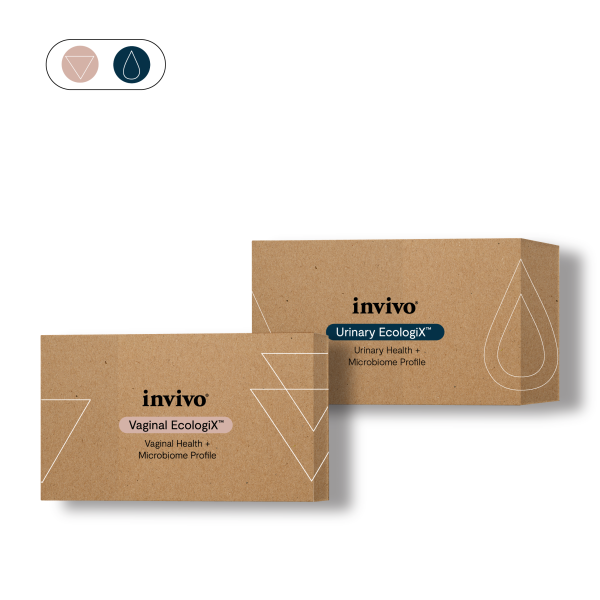Cocoa
Cocoa proanthocyanidins are metabolised down to catechin and epicatechin in the gut. Many animal studies have shown cocoa to reduce circulating endotoxin (1, 2), reduce inflammation, improve gut barrier function, and alter the microbiome (3).
Lipopolysaccharides (LPS) are the primary ligand for toll like receptor 4 (TLR4), which is found on the cell surface of immune cells, skeletal muscle and many other tissues. LPS binding to TLR4 initiates an inflammatory cascade that leads to nuclear translocation of nuclear factor kappa B (NF-κB), resulting in production of inflammatory cytokines. Poor gut barrier function may lead to elevated plasma endotoxin levels and metabolic disease (4).
In human studies, cocoa and cocoa flavanols improved insulin sensitivity and reduced blood glucose, insulin, HbA1c, oxidative stress and inflammation in subjects with varying degrees of glucose homeostasis (normoglycemic, pre-diabetic or T2DM) within 2–4 weeks (5-8).
It is unknown if reduced endotoxemia is due solely to alterations of the gut microbiota and barrier function, or if flavanols can directly bind and inactivate LPS in the gut, blood, or modulate LPS-TLR4 binding and downstream signalling at the levels of skeletal muscle cells.
Green tea
Epidemiological studies show an inverse relationship of green tea consumption with risk of gastric cancers (9-11). The mechanisms may involve inhibition of Helicobacter pylori, the implicated microorganism in gastric carcinogenesis and the development of gastric and duodenal ulcers (12).
Tea catechins, particularly (_)-epigallocatechin gallate, inactivate urease (13). This enzyme is required for the conversion of urea into ammonia, which buffers the bacteria from digestion by gastric juice. In this way, tea catechins help to suppress proliferation of bacteria (14). Indeed, the incidence of gastric disorders and infection with H. pylori has been found to be lower in subjects who consumed tea regularly (15).
Green tea has been shown to be preventative of chronic active gastritis (16,17,18). Tea catechins reduce gastric levels of nitrosating substances and inhibits the formation of carcinogenic nitrosamines and nitrosamides (19). Green tea also inhibits the formation of heterocyclic amines (20).
Green tea inhibits the expression of cyclooxygenases and inducible nitric oxide synthase in colonic tissues, which are constantly found to be elevated in subjects with ulcerative colitis (21). Additionally, green tea polyphenols consistently inhibit cyclooxygenase-2 activity in human colon tumour tissue (22) and tea co-administration produced an enhancing effect with cyclooxygenase inhibitors (22, 23).
Green tea has also been shown to modulate the gut microbiota by selectively increasing the growth of Bifidobacteria and Lactobacilli in the gut wall (24, 25).
Grape seed
In vitro analysis showed grape seed to have the highest inhibitory activity of lipase and LPS binding compared to cranberry, avocado and apple, which strongly correlated with the proanthocyanidin content of the polyphenol extracts (p<0.001) (26).
In a mouse-model of menopause, grape seed extract was shown to normalise the ratio of Firmicutes:Bacteroidetes populations to that of control. Additionally, grape seed prevented ovariectomised animals from increasing body weight (27).
A parallel human trial (n=29 on normal weight and overweight subjects) confirmed the inhibitory activity of grape seed on LPS binding. The postprandial increase in plasma LPS was significantly prevented by the grape seed extract at 4 hours (p=0.0039), compared with placebo. When comparing normal weight with overweight subjects, grape seed extract significantly decreased LPS (p=0.0077), supporting the use of proanthocyanidins in the management of low-grade inflammation in the overweight population (26).
